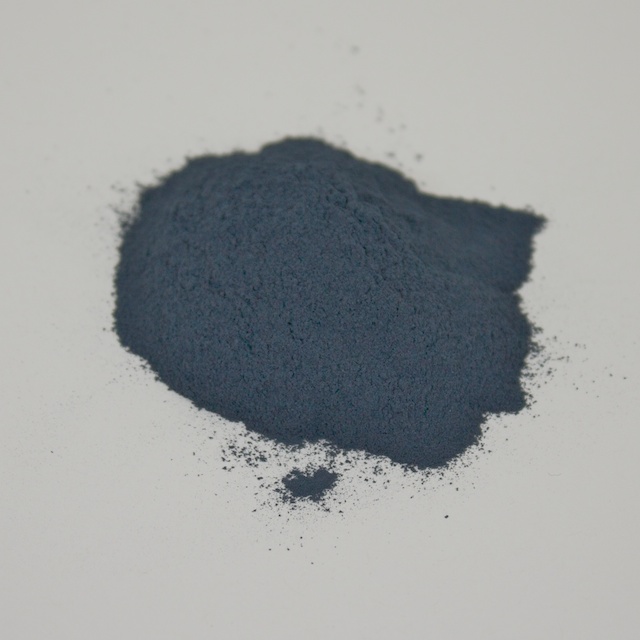Modern medical science is largely based on isolating chemicals from plants, or animals, with the belief that the so called “active chemical compound” within the herb will work better than the whole herb itself. This isolated chemical can then be synthesized and manufactured on a very large scale. The salicylic acid (Aspirin) originally obtained from willow bark, and used for pain relief, is a case in point. Newer studies are finding that the actual herb, in its whole or traditionally prepared form, may actually work better. Indigo extract is a good example.
 Indigo extract, also known as Qing Dai in Chinese, is the dried pigment of plants including Isatis indigotica, Baphieacanthuscusia Cusia, and Polygonum tinctorium, and has a long history of use for the external treatment of various skin diseases like psoriasis. A modern study published in 2008 in the Archives of Dermatology found that 74% of patient’s psoriasis lesions cleared completely, or near clearance, using Indigo naturalis over a 12 week period. Then in 2011 a study released by the Journal of Ethnopharmacology looked at the different chemical constituents of indigo to see what the actual active compound is, most likely so they could isolate and synthesize on a large scale its production.
Indigo extract, also known as Qing Dai in Chinese, is the dried pigment of plants including Isatis indigotica, Baphieacanthuscusia Cusia, and Polygonum tinctorium, and has a long history of use for the external treatment of various skin diseases like psoriasis. A modern study published in 2008 in the Archives of Dermatology found that 74% of patient’s psoriasis lesions cleared completely, or near clearance, using Indigo naturalis over a 12 week period. Then in 2011 a study released by the Journal of Ethnopharmacology looked at the different chemical constituents of indigo to see what the actual active compound is, most likely so they could isolate and synthesize on a large scale its production.
 Interestingly enough though, the actual traditionally processed extract of indigo was much more potent in clearing away inflammation than any of its three main chemical compounds could on their own – indigo, indirubin, and tryptanthrin. This really goes to show that herbal medicines often work best when left in their natural states. Indigo extract is really just the dried juice of the indigo plant, so it has been processed but not down into individually isolated chemical compounds. The extract is still full of hundreds of different chemicals, all working in a harmonious way together to heal the skin.
Interestingly enough though, the actual traditionally processed extract of indigo was much more potent in clearing away inflammation than any of its three main chemical compounds could on their own – indigo, indirubin, and tryptanthrin. This really goes to show that herbal medicines often work best when left in their natural states. Indigo extract is really just the dried juice of the indigo plant, so it has been processed but not down into individually isolated chemical compounds. The extract is still full of hundreds of different chemicals, all working in a harmonious way together to heal the skin.
Below is a cream that I make myself, using indigo extract as one of the main ingredients
The ancient Chinese certainly figured out something good all those thousands of years ago – to keep our medicine as close to its natural form as possible. A truth that is still being realized today!
Wishing you health,
Dr. Trevor Erikson


Join the discussion One Comment